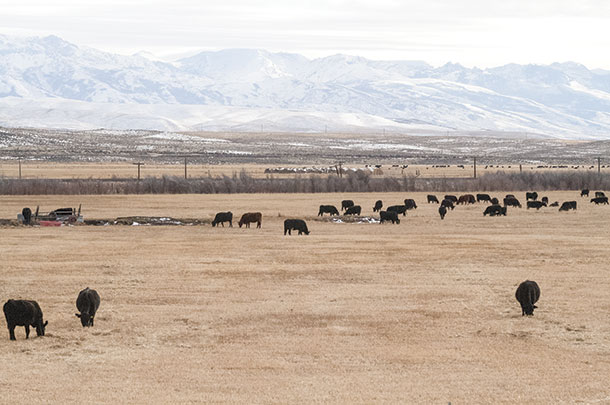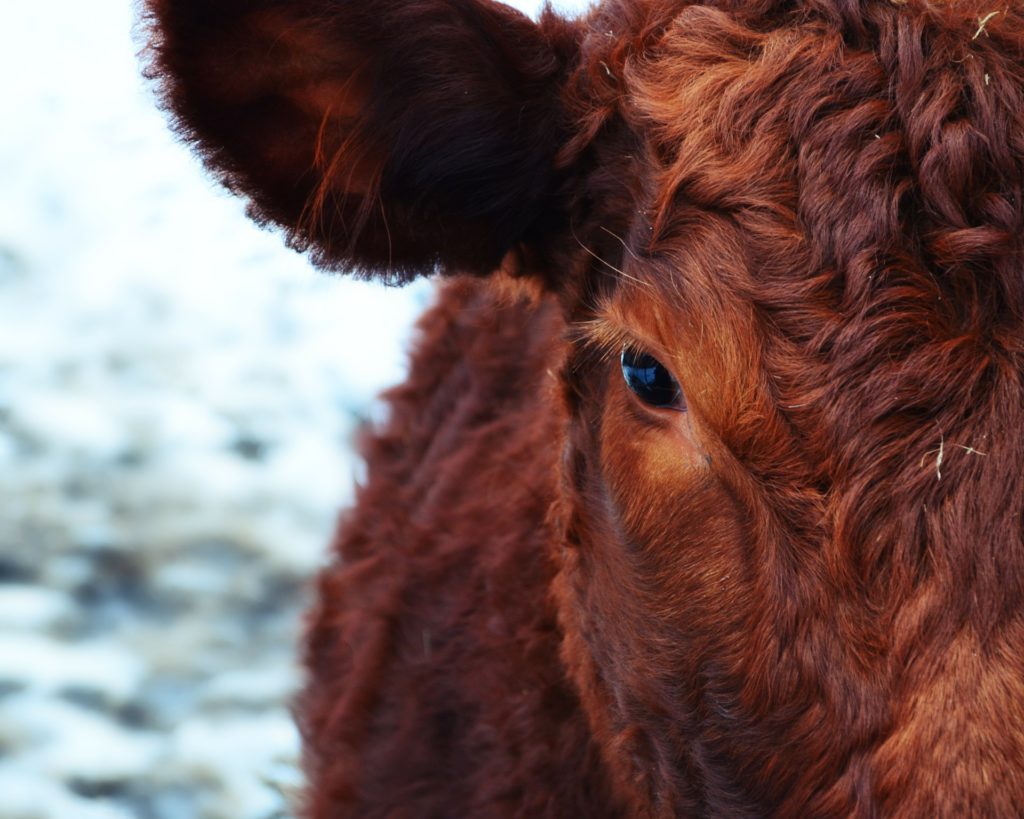Just as seasons change, cow herds will transition through production phases.
Spring-calving herds that have weaned are adjusting from the nutritional demands of lactation to subsequent production phases that begin with minimal nutritional requirements and end with significantly greater nutrient requirements during late gestation (see Table 1).

Many producers take advantage of the non-lactation production phase to cheapen up feed cost, utilizing the use of inexpensive ranch resources such as low-quality, yet abundant forage sources. Let’s look inside post-weaning cow herd nutritional management to control costs and improve cow herd performance.
Beef cow herd managers wanting to excel will use the following concepts when developing a successful post-weaning cow herd feeding program:
1. Use a sharp pencil. They understand that a good deal is calculated by dividing the benefits by the cost of a decision. Growing and finishing cattle operations have long used “value of gain” to make profitable decisions. Cow-calf operations need to adapt this management tool when making management decisions.
2. Utilize forage inventories appropriately. Exploring non-traditional opportunities can expand profitability. Forage availability is key to most cow herds. Being flexible allows cow herds to take advantage of changes in forage supplied from season to season. Examples would be grazing crop residues, stock-piled winter pastures, cover crops and winter annuals.
3. Let cows be cows. Great managers realize cows have four legs and a large appetite. Any time a cow can graze, she is implementing the most efficient feed-delivery system available to cattle producers.
4. Constantly observing, measuring and analyzing. They know cows and their environments narrate stories. Body condition score is a true reflection of a cow herd’s energy status and predicts future reproduction. Production records indicate areas that need to be improved, simply maintained or that have been overemphasized. Plant maturity and manure consistency are predictors of dietary protein intake.
A watchful eye on feed expenses continues to be a major money-maker. Paying attention to key areas, like cost per unit of nutrient, has been preached for years and will often be shown as an advantage when comparing low-, medium- and high-profit operations.
However, combining cost, benefits and value together generates efficiencies that can dramatically increase a ledger sheet’s black ink. Decades of research show protein supplementation increased both the digestibility and intake of abundant, low-quality forage resources by as much as 15%-20%. Supplemental protein increases the ability of poor-quality forages to satisfy both protein and energy requirements of the cow. Now that’s a two’fer!
Additionally, under certain conditions, protein supplementation of low-quality range grasses during late gestation has been shown to have positive fetal programming effects that carry on through the life of the next calf crop. Wowzer, a three’fer! Another example is mineral, vitamin and feed additive supplementation. Applications of old and new technologies can optimize a nutritional program for cow herd longevity, reproduction, weight gain and preventive health programs. The key is to not focus only on the expense, but on value.
As seasons change so does forage availability and its nutrient concentrations. Traditional grazing and feeding systems should be respected, but they should not go unquestioned. I once heard “The only difference between a rut and a grave is the depth.” So don’t get in a rut! Crop residues, cover crops and winter annuals can complement traditional cool- and warm-season forage supplies.
Understanding both forage availability and nutritional content will benefit both lactating and dry beef cow diets. A smorgasbord of forages dramatically increases flexibility in making management decisions concerning calving season dates, supplement considerations and marketing windows.
Cows can work for a living. Grazing is unquestionably the most economical feed delivery system, period. However, when grazing is not feasible, other alternative feeding systems need to be utilized. Great managers will zero in on key control points to improve efficiency. University and private research summarize the benefits of proper harvested forage making, storage and feeding.
They continue studies that address extended grazing seasons and better forage production systems. And excitingly, they develop and open new technologies that let cow herd operations expand productivity and profit potential.
Proper management of mid- and late-gestating beef cows will take advantage of what the animal is, prepare for and achieve expected production goals, sustain and improve ranch resources as well as generate profits.
PHOTO: Cattle grazing. Progressive Cattle Staff photo.
SOURCE: Twig Marston, Field Beef Nutritionist, Hubbard Feeds for Progressive Cattle








